Table of Contents
In the realm of biology, organisms are classified into various groups based on their mode of obtaining nutrition. Heterotrophs are one such group, comprising a vast array of organisms that play crucial roles in ecosystems.
What is a Heterotroph?
In simple terms, a heterotroph is an organism that relies on organic matter produced by other organisms for its nutritional needs. Unlike autotrophs, which can synthesize their own food through processes like photosynthesis, heterotrophs lack this ability and must consume organic matter to obtain the necessary nutrients.
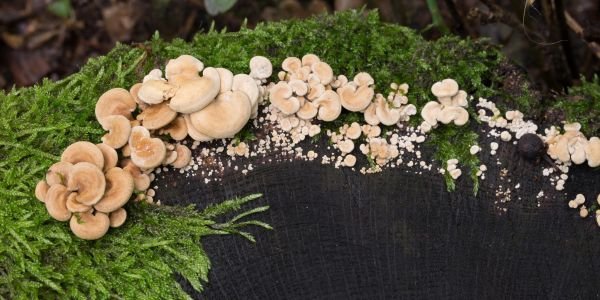
Characteristics of Heterotrophs
1. Nutritional Dependence:
Heterotrophs depend on external sources for their energy and carbon requirements. They acquire organic molecules, such as carbohydrates, proteins, and lipids, from other organisms.
2. Inability for Photosynthesis:
Heterotrophs cannot carry out photosynthesis due to the absence of chloroplasts or the necessary pigments like chlorophyll. Therefore, they rely on autotrophs or other heterotrophs for their energy supply.
3. Diverse Feeding Strategies:
Heterotrophs exhibit a wide range of feeding strategies, including herbivory (feeding on plants), carnivory (feeding on other animals), and omnivory (feeding on both plants and animals). Some heterotrophs are even specialized to extract nutrients from decaying organic matter (detritivores) or from living hosts (parasites).
Types and Examples of Heterotrophs
1. Herbivorous Heterotrophs
Herbivores are heterotrophs that primarily feed on plants or plant-derived materials. They possess specialized adaptations to extract nutrients from plant tissues. Here are some examples of herbivorous heterotrophs:
a. Deer: Deer are herbivorous mammals commonly found in forests and grasslands. They consume a variety of plant materials, including leaves, grasses, and fruits.
b. Cows: Cows are large herbivorous mammals that graze on grass and other vegetation. They have specialized digestive systems, including a complex four-chambered stomach, allowing them to efficiently extract nutrients from plant cellulose.
c. Rabbits: Rabbits are small herbivorous mammals that primarily feed on grass and leafy plants. They have continuously growing teeth that help them efficiently chew plant materials.
2. Carnivorous Heterotrophs
Carnivores are heterotrophs that primarily feed on other animals to meet their energy and nutrient requirements. They possess adaptations such as sharp teeth and claws to capture and devour their prey. Here are some examples of carnivorous heterotrophs:
a. Lions: Lions are large carnivorous mammals found in grassland and savannah habitats. They hunt and feed on a variety of ungulates such as zebras, wildebeests, and gazelles.
b. Snakes: Snakes are carnivorous reptiles that capture and consume a wide range of prey, including rodents, birds, and other reptiles. They possess specialized jaws and fangs for grasping and injecting venom into their prey.
c. Tigers: Tigers are carnivorous mammals known for their hunting prowess. They primarily feed on large ungulates such as deer, wild boar, and water buffalo.
3. Omnivorous Heterotrophs
Omnivores are heterotrophs that have a flexible diet and consume both plant and animal matter. They can adapt to a wide range of available food sources. Here are some examples of omnivorous heterotrophs:
a. Humans: Humans are omnivorous mammals with a varied diet that includes both plant-based foods and animal products. They have the ability to digest a wide range of nutrients and can thrive on diverse diets.
b. Bears: Bears are large omnivorous mammals found in various habitats worldwide. They consume a mix of plant matter, such as berries and nuts, as well as fish, insects, and small mammals.
c. Raccoons: Raccoons are omnivorous mammals known for their opportunistic feeding behavior. They consume fruits, nuts, insects, and small vertebrates, and even scavenged food from human settlements.
4. Detritivores and Decomposers
Detritivores and decomposers are heterotrophs that feed on decaying organic matter, playing a crucial role in nutrient cycling and decomposition processes. Here are some examples:
a. Earthworms: Earthworms are detritivorous organisms that consume decaying plant matter and soil, contributing to nutrient cycling and soil health.
b. Fungi: Fungi, such as mushrooms and molds, are decomposers that break down dead organic material. They play a vital role in decomposing organic matter, releasing nutrients back into the environment.
c. Dung Beetles: Dung beetles are detritivorous insects that feed on animal dung. They assist in nutrient recycling by breaking down and burying dung, thereby facilitating decomposition and nutrient availability.
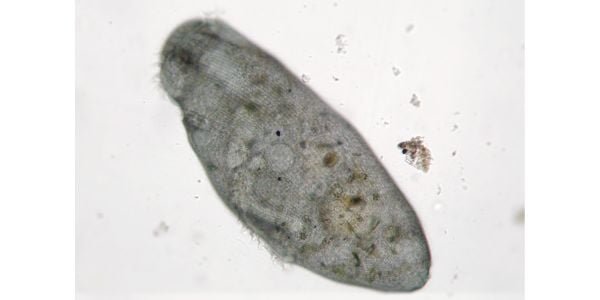
Ecological Significance of Heterotrophs
Heterotrophs form an integral part of the Earth’s ecosystems and play crucial roles in nutrient cycling and energy flow. Here are some key ecological significances of heterotrophs:
1. Energy Transfer:
Heterotrophs transfer energy through trophic levels in food chains and food webs. They convert the energy stored in the organic matter they consume into forms that are accessible to other organisms, ensuring the flow of energy throughout the ecosystem.
2. Nutrient Recycling:
Detritivores and decomposers, a subset of heterotrophs, break down dead organic matter, releasing nutrients back into the environment. This recycling process replenishes essential elements, such as carbon, nitrogen, and phosphorus, facilitating the growth of autotrophs and supporting the overall productivity of ecosystems.
3. Ecological Interactions:
Heterotrophs participate in intricate ecological interactions, such as predation, competition, and symbiosis. These interactions shape the structure and dynamics of ecosystems, promoting biodiversity and driving evolutionary processes.
Also, read Valencia college

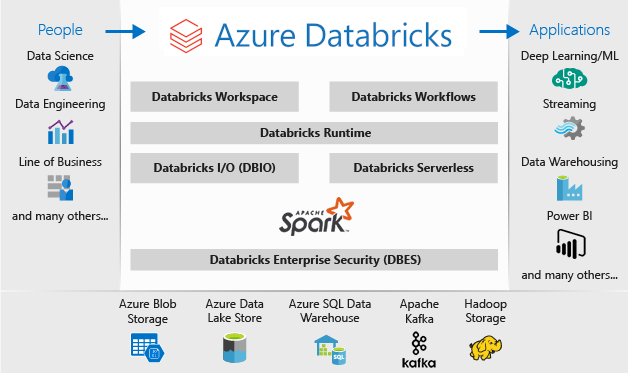
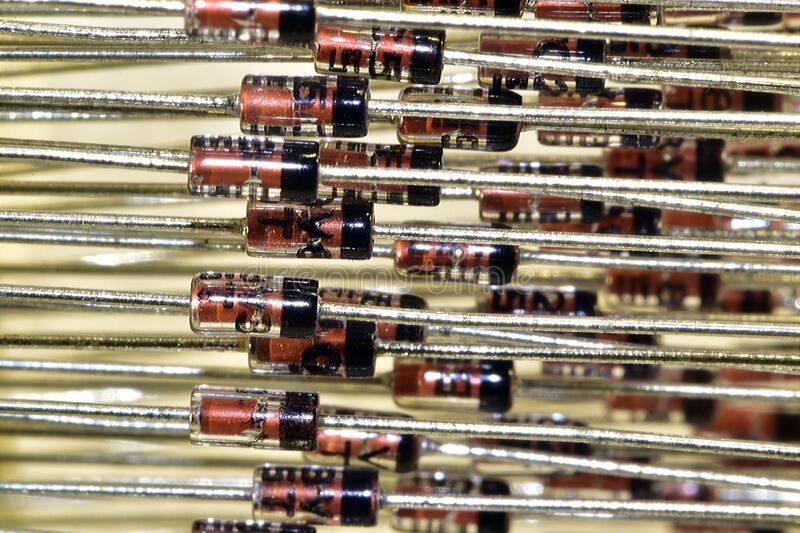






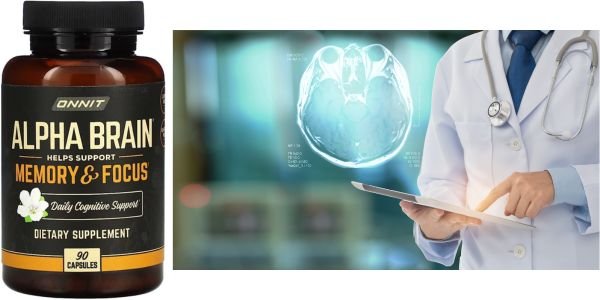


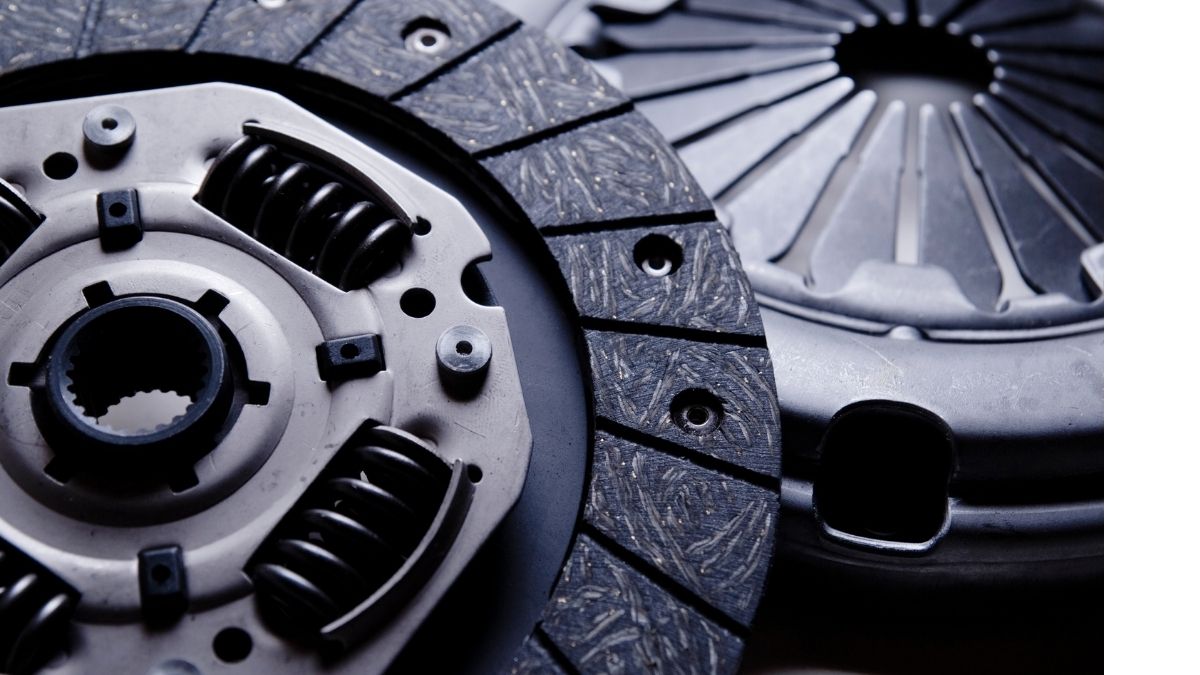



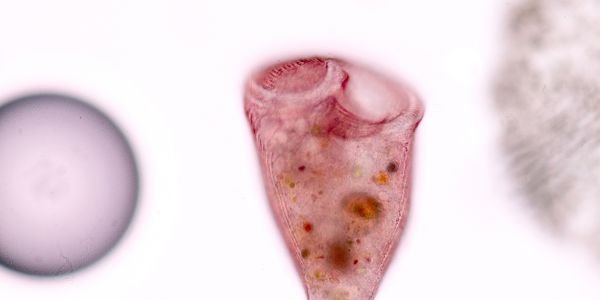












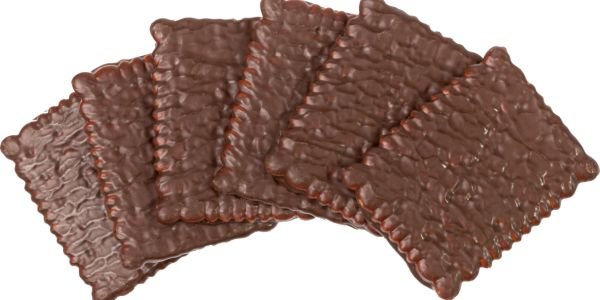

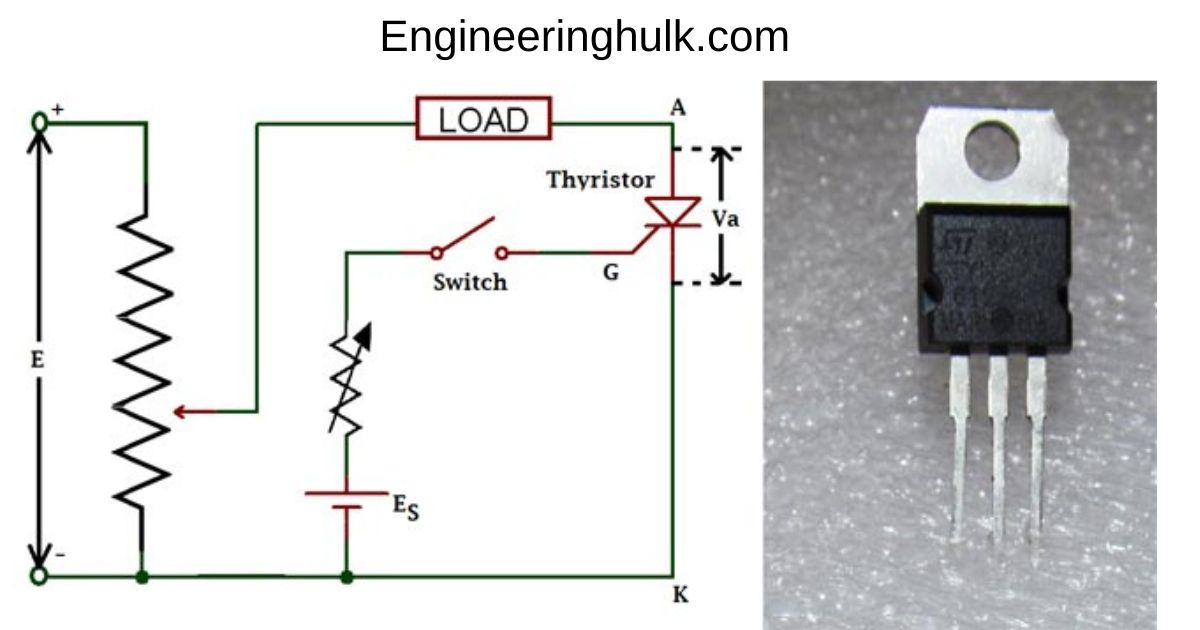
Comment on “What is a heterotroph? World of Organism Nutrition”
Comments are closed.